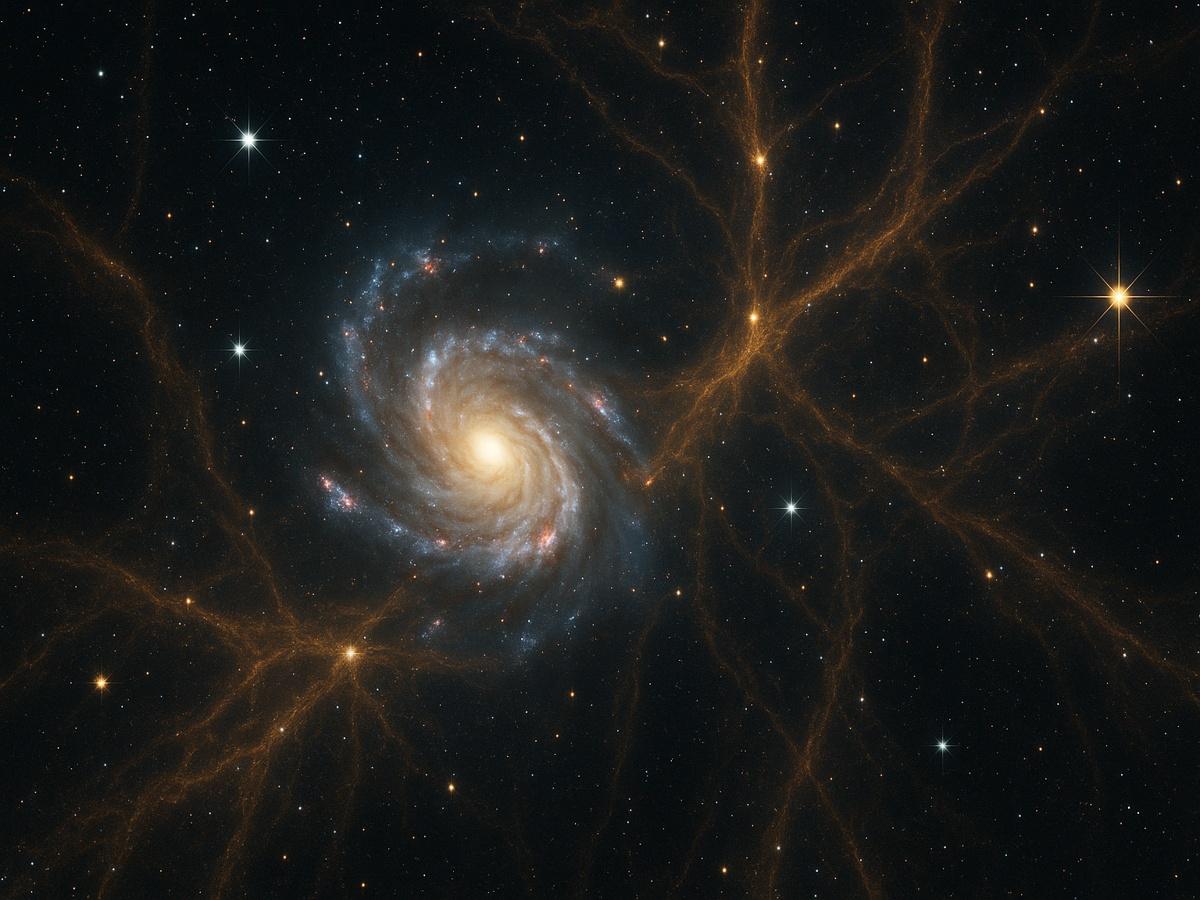By Andrey Mihayloff
Copyright pravda

Seven hundred million light-years may sound vast, yet in cosmic terms it is a reachable horizon — and it is where astronomers have identified the emptiest place in the known Universe. The Bootes Void, often called the Great Void, has puzzled scientists for nearly four decades, inspiring bold theories about its origin and nature.
Discovery of the Great Void
The Bootes Void was discovered in 1981 by astronomer Robert Kirshner and his team. This immense spherical region of space, almost devoid of galaxies, lies in the direction of the Bootes constellation. The discovery was first published in their groundbreaking paper “A million cubic megaparsec void in Bootes.”
A Vast Cosmic Emptiness
The supervoid spans about 330 million light-years in diameter, accounting for 0.27% of the diameter of the observable Universe. Its volume is estimated at 236,000 cubic megaparsecs, making it the largest void known to science. Initially, only eight galaxies were identified inside this vast region, though later surveys revealed about 60 — still astonishingly few for such an immense space.
Astronomer Greg Aldering remarked that if the Milky Way were located at the center of the Bootes Void, we would not have discovered other galaxies until the 1960s.
How Empty Is It?
For comparison, the Milky Way has about two dozen neighboring galaxies within just three million light-years. Normally, galaxies are separated by a few million light-years, so at that density the Bootes Void should contain around 10,000 galaxies — yet it does not. Its vast emptiness makes it unique.
Clues from Bubble-Like Structures
Scientists have long debated how such a colossal emptiness could have formed. Smaller voids are thought to emerge from gravitational clustering, as galaxies pull together and leave surrounding regions bare. But this process alone cannot explain a void of the Bootes scale, given the limited age of the Universe.
One prevailing theory suggests that the Bootes Void resulted from the merger of multiple smaller voids, much like soap bubbles fusing into a single large bubble. The strange “tubular” arrangement of galaxies along its boundaries may be remnants of these smaller void walls.
A Cosmic Time Capsule
The Bootes Void has another remarkable property: because of its extraordinarily low density, particles such as neutrinos or photons would pass through it unchanged for hundreds of millions of years. Heavier particles naturally drift toward the edges, leaving the core pristine. This makes the void, in theory, a kind of cosmic time capsule.
The Great Void and Our Place in the Universe
The discovery of the Bootes Void fundamentally changed cosmology, forcing astronomers to reconsider models of galaxy formation and the large-scale structure of the cosmos. It stands as a humbling reminder of how unevenly matter is distributed in the Universe.
Ultimately, the Bootes Void highlights the immensity of the cosmos — and the minuteness of our own existence. Though our world may seem isolated, we have the gift of awareness, the chance to look up at the stars and reflect on the unfathomable scale of the Universe.



